Five modern bridges that are pushing the bounds of engineering
Bridges are becoming safer, more durable, and longer than ever before.
Bridges haven’t really changed much for many years, says Anil Agrawal, a professor of civil engineering at the City College of New York. And it would be easy for an untrained eye to miss the ways in which they have. But subtle advances in bridge technology and construction techniques are making modern bridges bigger, safer, and longer-lived.
Civil engineers have lately focused on improving safety by, for example, making bridges more resilient to fire, earthquakes, and high winds. They’re also exploring how technology can help them monitor new bridges and maintain those already in place.
For much of the 20th century, the average design life of a bridge had generally been about 50 years. To push beyond that, many new bridges now have sensors that collect data on their structural behavior and condition (though much work remains to be done to translate this data into meaningful real-time analysis).
Novel technologies—like new types of concrete or bridges that change shape to minimize wind resistance—are being studied in labs around the world, but civil engineering standards and building codes are slow to evolve. Below are five examples of how bridge technology is already changing.
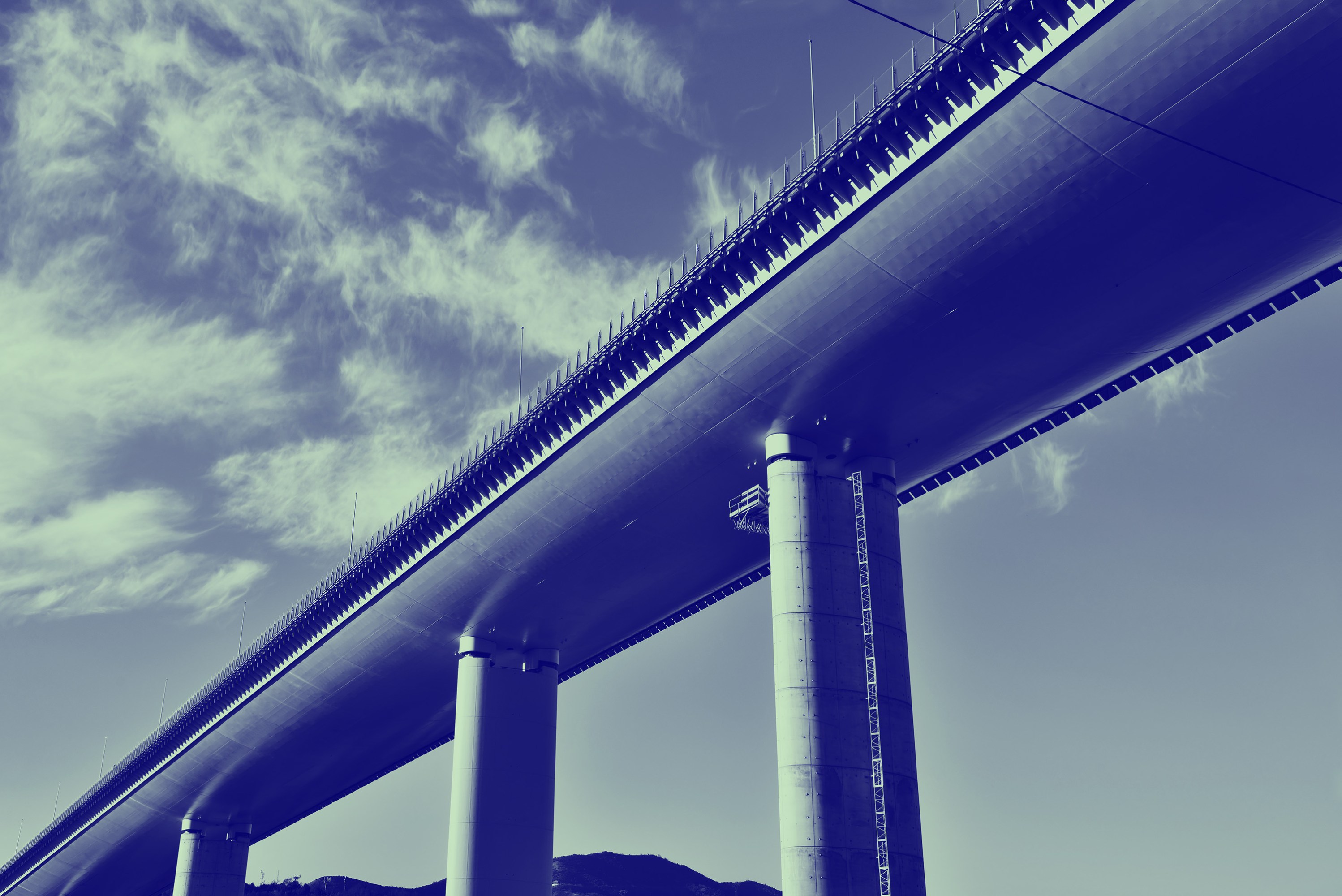
Viadotto San Giorgio, Genoa
On August 14, 2018, the Ponte Morandi, a cable-stayed bridge in Genoa, collapsed, killing 43 people and severing a major artery of regional transit. Work quickly began on its replacement. Renzo Piano, a celebrity architect who was born in Genoa, designed the new bridge, and more than 1,000 laborers worked around the clock to build it in just over a year. It features a digital monitoring system and dehumidifying technology to guard against the corrosion that contributed to its predecessor’s collapse.
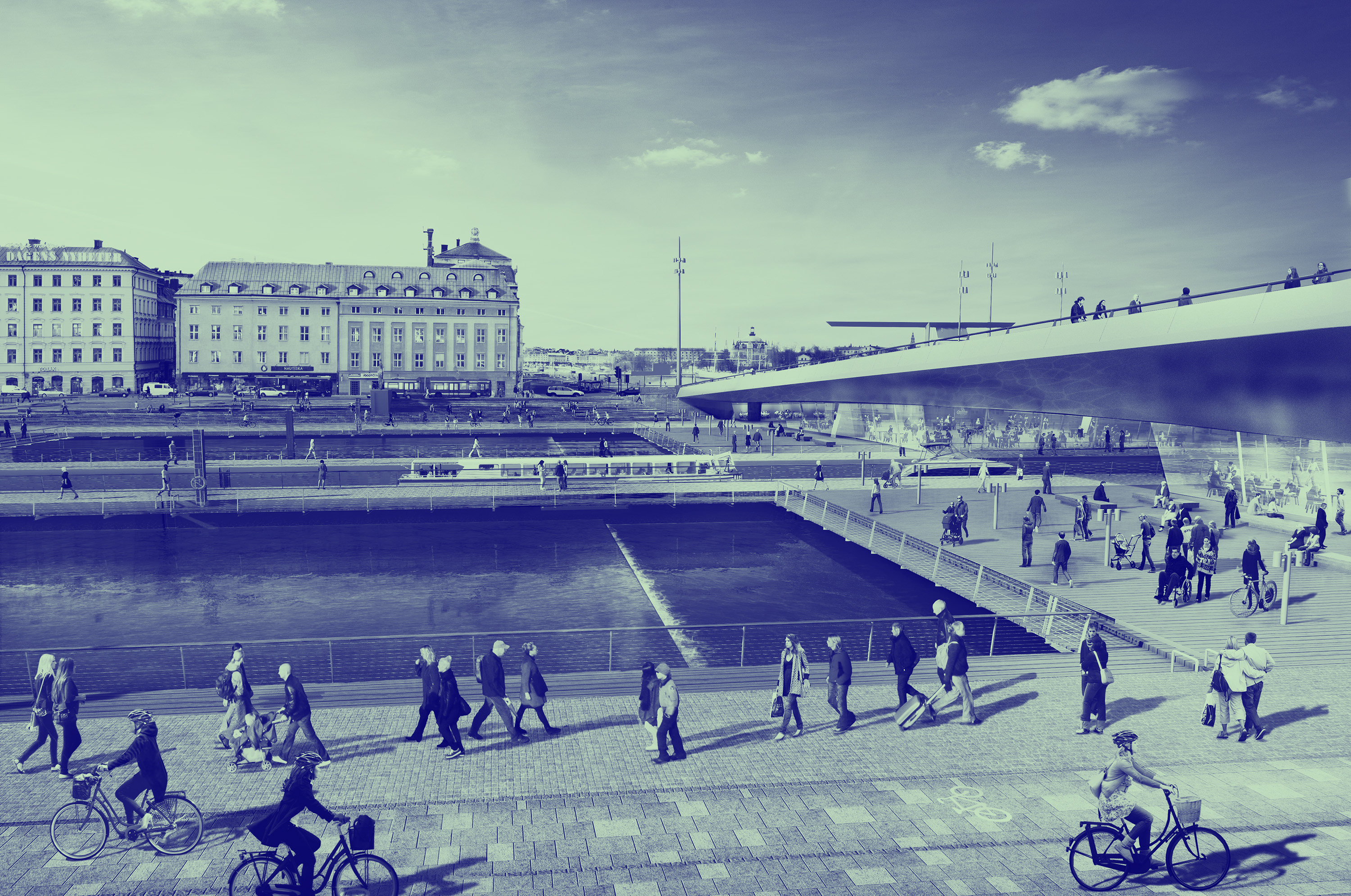
Slussen Bridge, Stockholm
In 2020 the Slussen bridge, made of steel, was laid atop a lock in Stockholm. But the 140-meter-long box-girder bridge (a style in which beams running just below the roadway form the shape of a hollow box) was assembled in a shipyard in Zhongshan, near Hong Kong. It traveled from China to Stockholm in one piece on a semi-submersible ship, one of only 10 in the world capable of handling such cargo, according to Markus Glaas, a manager at Skanska, a large Swedish construction firm that oversaw the project. After a 70-day journey, the ship slowly sank into the water so the bridge could slide into place on its permanent supports—with a margin for error of just 15 centimeters. The Slussen is a testament to how global supply chains have changed bridge construction.
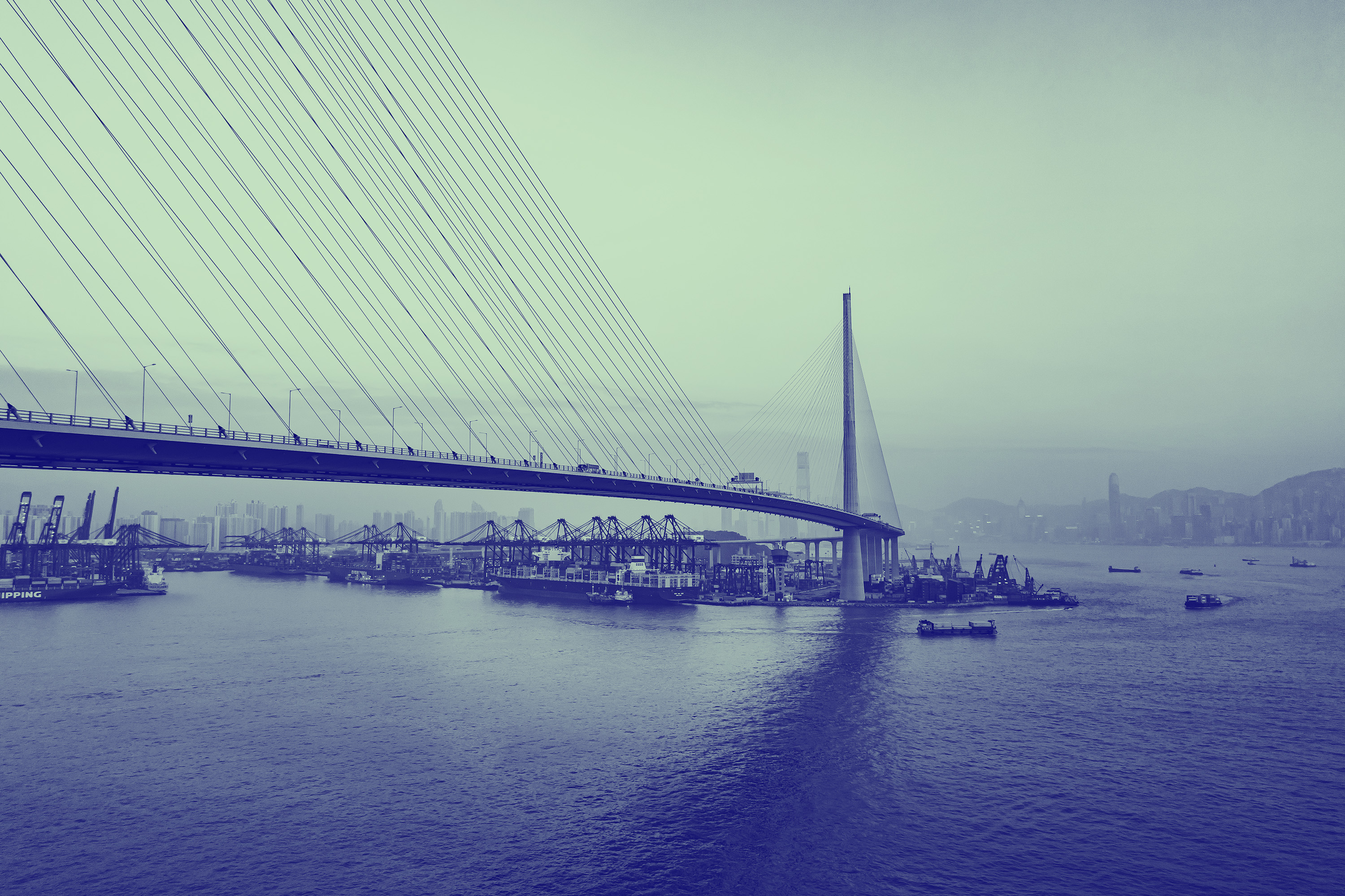
Stonecutters Bridge, Hong Kong
In suspension bridges, vertical support cables hang down from the main cables strung between towers to hold the bridgeway up. Cable-stayed bridges, by contrast, have cables that fan out directly from the towers. Cable-stayed bridges have been around for centuries but were relatively rare until recent advances in materials and construction techniques made them easier and less expensive to build. Stonecutters Bridge in Hong Kong, which opened in December 2009, featured giant towers composed of 32 stainless-steel segments wrapped around a concrete annulus. Since Hong Kong is in a typhoon zone, the bridge was built to withstand wind speeds up to 212 miles per hour. Its engineers also conducted a first-of-its-kind test that modeled what would happen if a boat hit the bridge’s foundations.
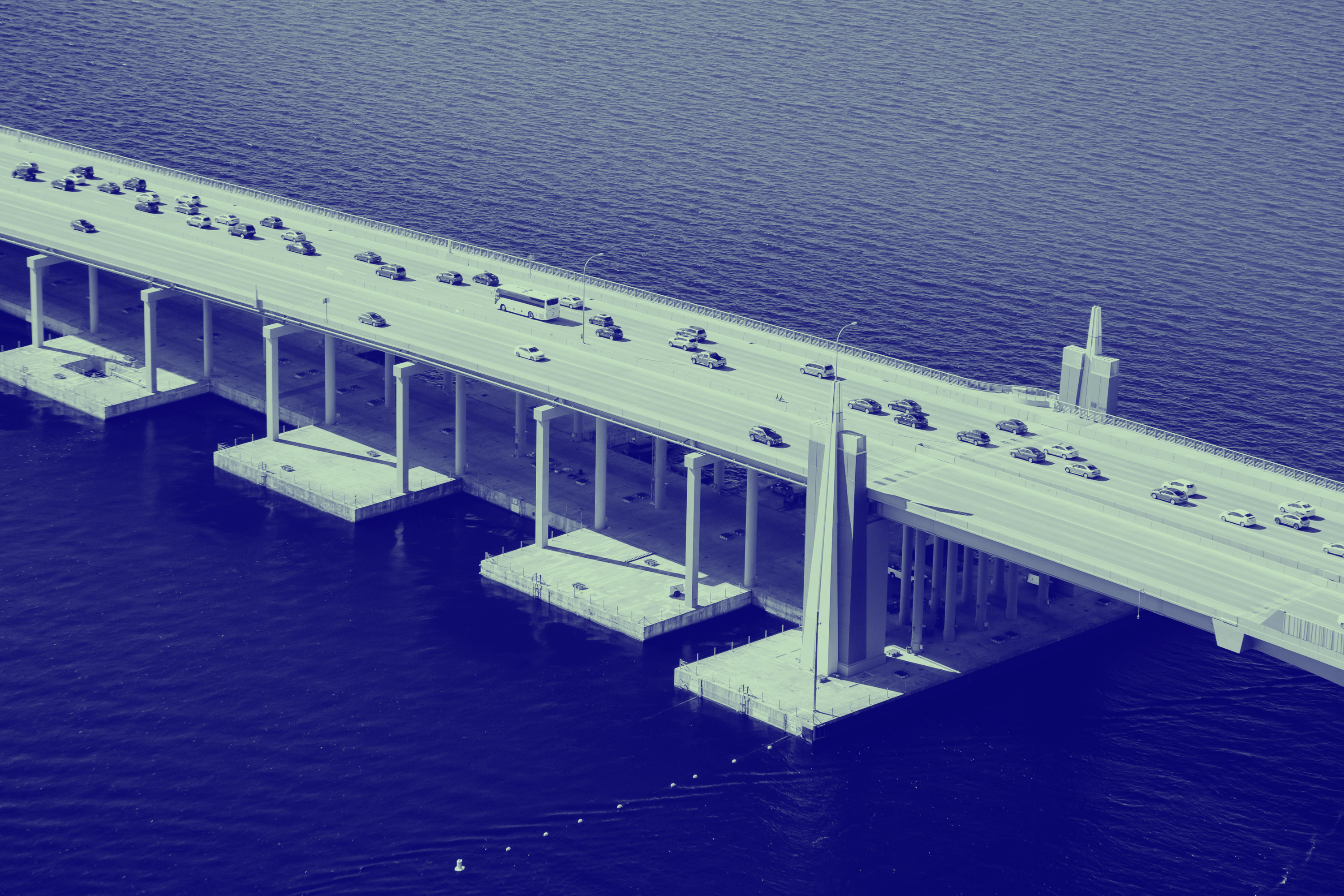
Evergreen Point Floating Bridge, Seattle
Four of the five longest floating bridges in the world are in Washington state. The longest and widest, the Evergreen Point Floating Bridge between Seattle and Bellevue, opened in 2016. Nicholas Rodda of the state transportation department says conventional bridges weren’t the best option because the lake the bridge crosses is so wide and deep. The soft soil didn’t help, either.
Floating bridges elsewhere in the world tend to span separate pontoons that are spaced out like stepping stones, Rodda says. Those in Washington rest on pontoons that are bolted together and anchored to the lakebed with steel cables. Engineers in Norway are planning a floating crossing in the municipality of Bjørnafjorden that, at over three miles, would be more than twice the length of the Evergreen Point bridge.
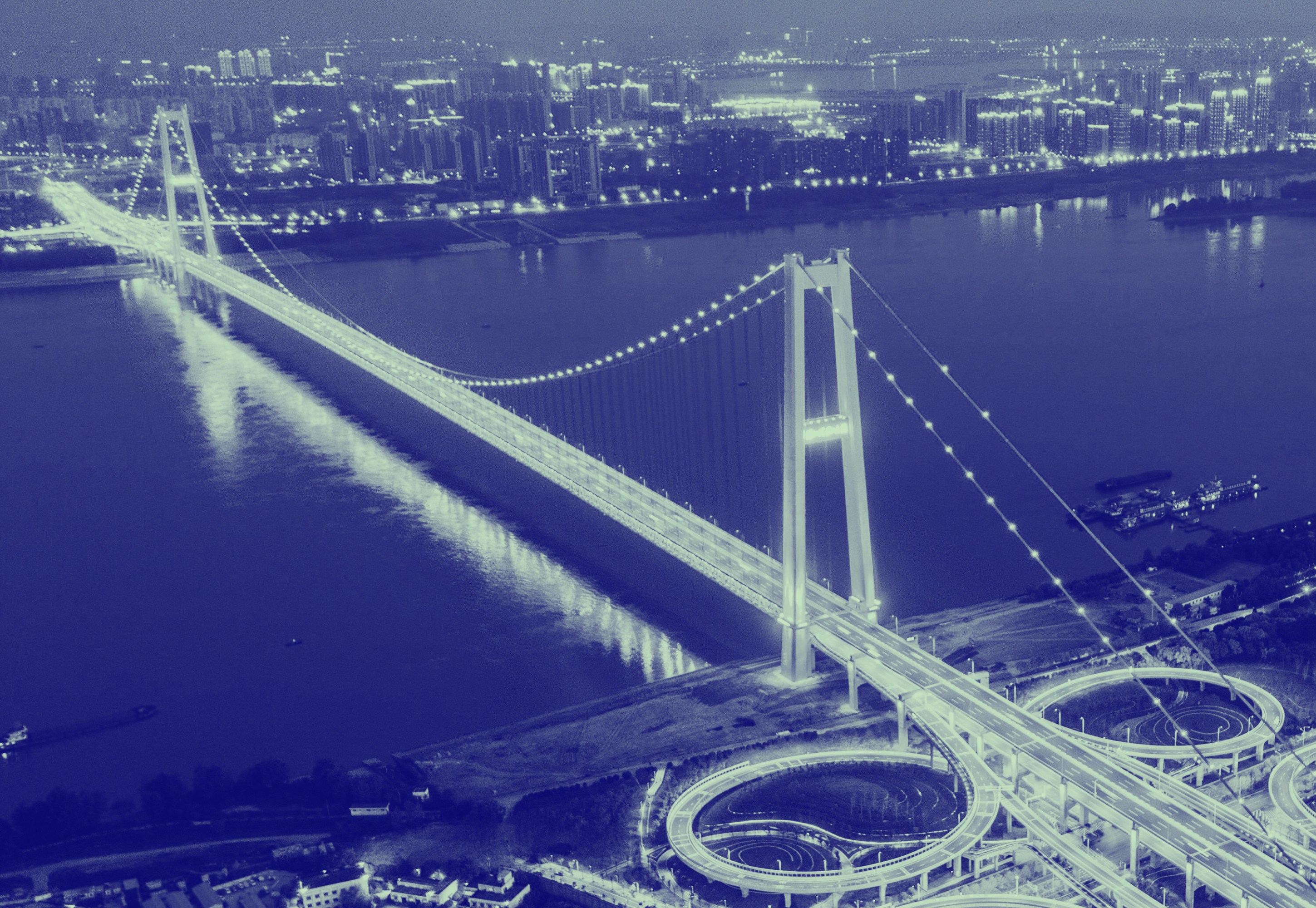
Yangsigang Yangtze River Bridge, Wuhan
China is in the middle of an impressive run of new bridge construction. The Yangsigang Yangtze River Bridge opened in Wuhan in 2019 with the world’s second-longest main span for a suspension bridge. In 2020, construction began on another, slightly shorter bridge about 50 miles downstream. They are just two of many notable new bridges in China, including the world’s longest bridge-tunnel, linking Hong Kong and Macao, and the world’s two longest steel arch bridges, in Chongqing and Guangxi. And Chinese engineers are “collecting huge amounts of data” from new bridge-monitoring systems installed with many of these projects, says Agrawal.
Deep Dive
Humans and technology
Building a more reliable supply chain
Rapidly advancing technologies are building the modern supply chain, making transparent, collaborative, and data-driven systems a reality.
Building a data-driven health-care ecosystem
Harnessing data to improve the equity, affordability, and quality of the health care system.
Let’s not make the same mistakes with AI that we made with social media
Social media’s unregulated evolution over the past decade holds a lot of lessons that apply directly to AI companies and technologies.
Stay connected
Get the latest updates from
MIT Technology Review
Discover special offers, top stories, upcoming events, and more.